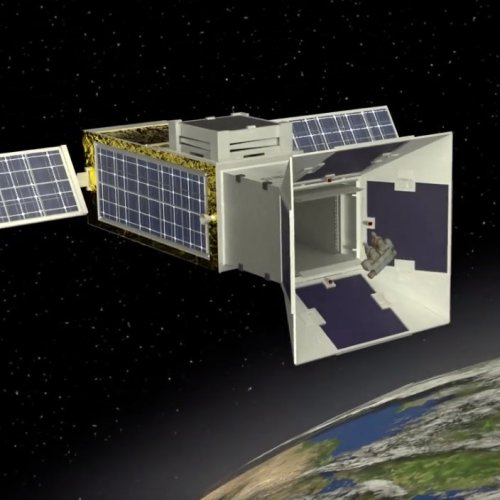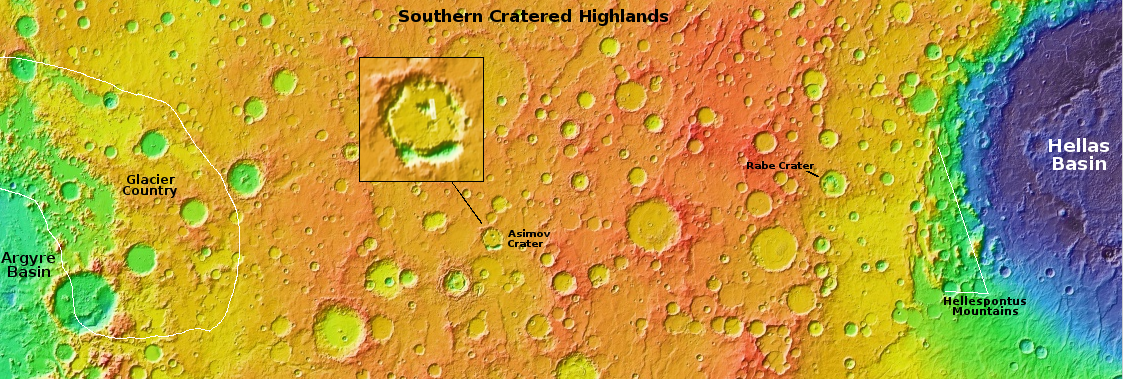German students about to attempt launch of suborbital hybrid rocket
A student project at the University of Stuttgart in Germany is about to attempt the first suborbital launch of a hybrid rocket that has the possibility of setting a new altitude record for student-built rockets.
The hybrid rocket is 7.80 m long and weighs around 70 kg. It was built by around 60 students from the University Group HyEnD of the University of Stuttgart. “It’s one of the most powerful and advanced student-built hybrid rockets in the world,” says Max Öchsle, HyEnD project manager. With this, the students have big plans: They want to beat their own altitude record of 32 km for student-built hybrid rockets, which they set in 2016.
The students also hope to cross the boundary into space at an altitude of 100 km. In addition to the world record for hybrid rockets, this also makes the world record for student-built rockets in general possible. The previous record is 103.6 km and was set by the University of Southern California (USCRPL) team in 2019. “The world record is within our reach. We could indeed beat it,” says Öchsle. Öchsle is well aware that the record depends on other factors such as the weather.
The launch window begins on April 14th, and extends until April 25th, will take place at the new Esrange commercial spaceport in Sweden, and will be live streamed by the spaceport. Updates on the project can be found at the project’s own website.
What makes this particular student project interesting to me is its location, in Germany. That nation presently has three startup rocket companies racing to be the first to reach orbit. These students are clearly aiming for jobs with this emerging German rocket industry, and if successful at this project will bring to that industry some very sophisticated abilities.
A student project at the University of Stuttgart in Germany is about to attempt the first suborbital launch of a hybrid rocket that has the possibility of setting a new altitude record for student-built rockets.
The hybrid rocket is 7.80 m long and weighs around 70 kg. It was built by around 60 students from the University Group HyEnD of the University of Stuttgart. “It’s one of the most powerful and advanced student-built hybrid rockets in the world,” says Max Öchsle, HyEnD project manager. With this, the students have big plans: They want to beat their own altitude record of 32 km for student-built hybrid rockets, which they set in 2016.
The students also hope to cross the boundary into space at an altitude of 100 km. In addition to the world record for hybrid rockets, this also makes the world record for student-built rockets in general possible. The previous record is 103.6 km and was set by the University of Southern California (USCRPL) team in 2019. “The world record is within our reach. We could indeed beat it,” says Öchsle. Öchsle is well aware that the record depends on other factors such as the weather.
The launch window begins on April 14th, and extends until April 25th, will take place at the new Esrange commercial spaceport in Sweden, and will be live streamed by the spaceport. Updates on the project can be found at the project’s own website.
What makes this particular student project interesting to me is its location, in Germany. That nation presently has three startup rocket companies racing to be the first to reach orbit. These students are clearly aiming for jobs with this emerging German rocket industry, and if successful at this project will bring to that industry some very sophisticated abilities.
























